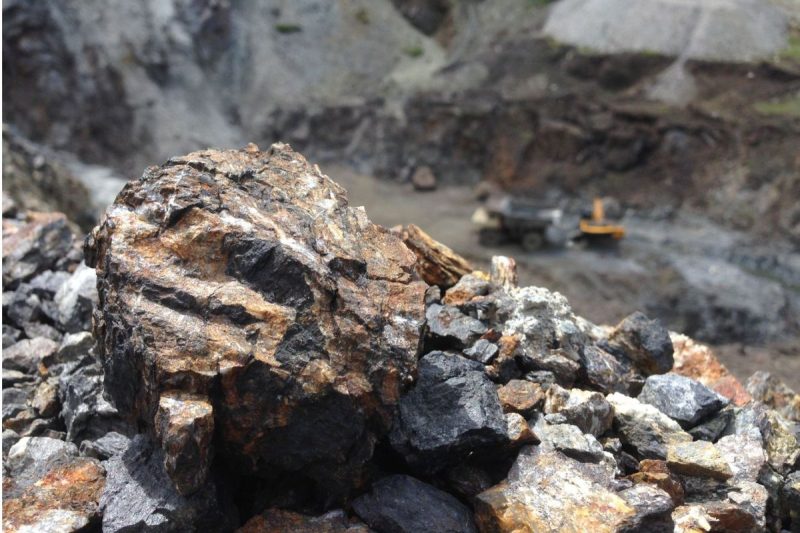1. Australia
Australia is one of the leading countries with significant manganese reserves, making it a top player in the global manganese market. With vast deposits located primarily in the Groote Eylandt region in the Northern Territory and the Pilbara region in Western Australia, Australia boasts reserves estimated to be around 200 million metric tons. The country’s stable political environment, advanced mining infrastructure, and expertise in resource extraction contribute to its prominent position in manganese production. Additionally, Australia’s focus on sustainable mining practices ensures the responsible development of its manganese resources.
2. South Africa
South Africa is another key player in the manganese industry, with substantial reserves located in the Kalahari Basin, particularly in the Northern Cape province. The country’s rich manganese deposits are estimated to be over 200 million metric tons, positioning South Africa as a major supplier of manganese globally. The manganese mining sector in South Africa is well-established, with a strong regulatory framework and infrastructure to support efficient extraction and exportation of the mineral. South Africa’s commitment to sustainable mining practices and community development further reinforces its standing in the manganese market.
3. Ukraine
Ukraine is recognized for its significant manganese reserves, primarily located in the Nikopol Basin in the Dnipropetrovsk region. With estimated reserves exceeding 140 million metric tons, Ukraine is a notable player in the global manganese industry. The country’s manganese mining sector benefits from its strategic location, well-developed infrastructure, and skilled workforce. Ukraine’s focus on modernizing its mining operations and investing in technological advancements ensures the efficient extraction and processing of manganese resources. Moreover, Ukraine’s commitment to environmental protection and sustainable resource management underscores its responsible approach to manganese mining.
4. Brazil
Brazil emerges as a prominent player in the manganese market due to its substantial reserves concentrated in the Carajás region in the state of Pará. With reserves estimated to be over 100 million metric tons, Brazil holds a significant position in global manganese production. The country’s well-established mining industry, advanced infrastructure, and skilled workforce contribute to its efficient extraction and processing of manganese ore. Brazil’s commitment to environmental conservation and sustainable mining practices aligns with international standards, making it a respected player in the global manganese sector.
5. Ghana
Ghana is recognized for its growing presence in the manganese market, with significant reserves located in the Western and Ashanti regions. The country’s manganese deposits are estimated to be around 90 million metric tons, positioning Ghana as a notable producer in the industry. Ghana’s emerging manganese mining sector benefits from a stable political environment, supportive regulatory framework, and investment-friendly policies. The country’s focus on sustainable development and community engagement underscores its commitment to responsible manganese mining. Ghana’s strategic initiatives to enhance infrastructure and attract foreign investment further strengthen its position in the global manganese market.
In conclusion, these top five countries with significant manganese reserves play a crucial role in the global manganese market, contributing to the supply of this essential mineral for various industries. Their commitment to sustainable mining practices, environmental conservation, and community development reflects a responsible approach to manganese extraction and processing. As key players in the industry, these countries are poised to meet the growing demand for manganese and drive innovation in the sector.
